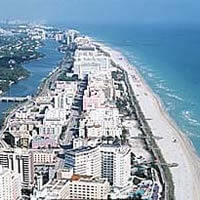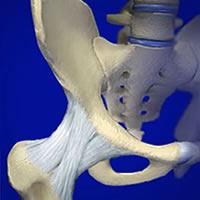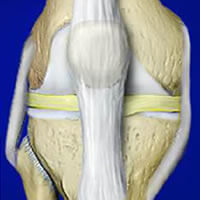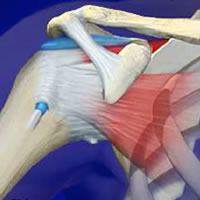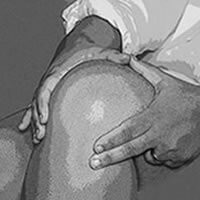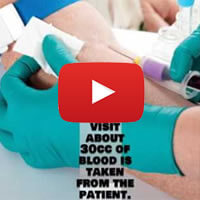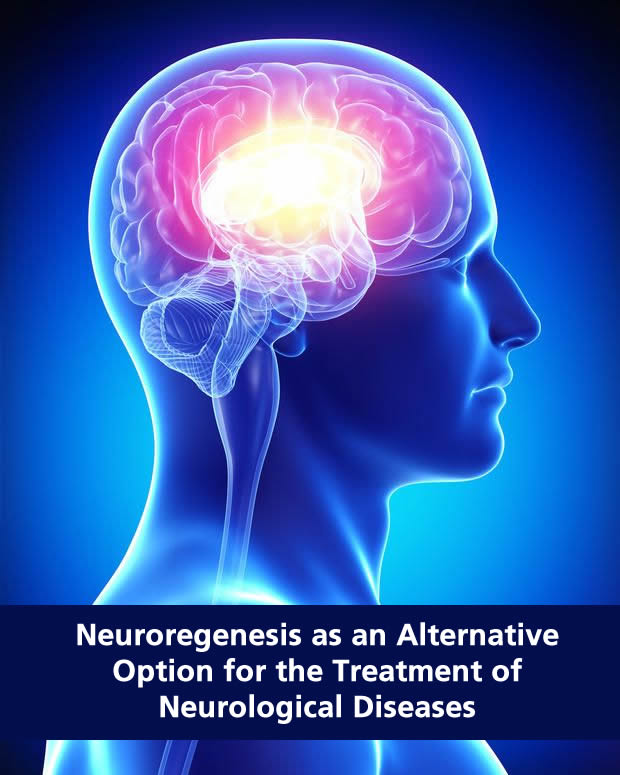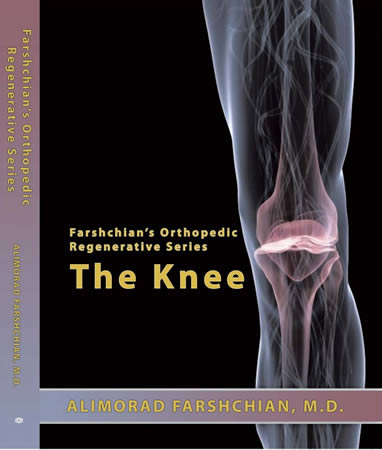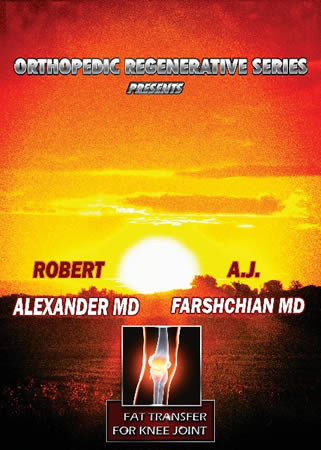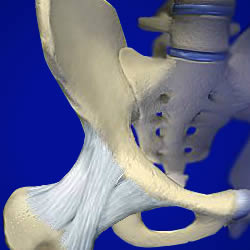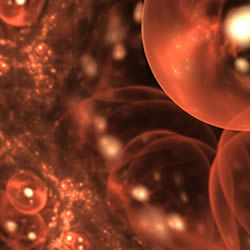AVN Ankle
- Home
- Case Studies
- AVN Ankle
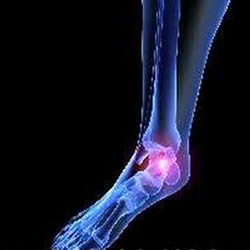
AVN Ankle
PS is a 32 year old male with history of ankle pain for more than 5years, Patient is diagnosed with avascular necrosis of both ankles. The left much worse than the right. Describes severe pain at all the time, can not walk more than a few steps before having to stop. Pain is worse at night time, not allowing him to sleep, Patient has been confined to his home mostly. His past medical history is complicated by history of Pheochromocytoma and removal of his left Adrneal gland and onset of Osteoporosis at the age of 28. Patient takes no medications, does not smoke and does not drink Alcohol. There is no history of Pheochromocytoma or MEN IIa or MEN IIb in his family. Patient denies any history of trauma.
Discussion: This was the first time in my practice that I have ever seen a patient with AVN ( Avascular Necrosis) of Ankle that was not caused by trauma or fracture. Avascular necrosis of the talus (one of the bones of the ankle) can be quite devastating, and lead to total loss of the ankle joint with arthritis, deformity and pain. Loss of blood supply to the bone can be caused by an injury (trauma-related avascular necrosis) When a joint is injured, as in a fracture or dislocation, the blood vessels may be damaged. This can interfere with the blood circulation to the bone and lead to trauma-related avascular necrosis. Studies suggest that this type of avascular necrosis may develop in more than 20 percent of people who dislocate their hip joint. Some medicines such as Corticosteroids are commonly used to treat diseases in which there is inflammation, such as systemic lupus erythematosus, rheumatoid arthritis, and vasculitis. Studies suggest that long-term, systemic (oral or intravenous) corticosteroid use is associated with 1/3 of all cases of non-traumatic avascular necrosis. The current theory is corticosteroids may interfere with the body's ability to break down fatty substances. These substances then build up in and clog the blood vessels, causing them to narrow. This makes less blood to gets to the bone. Excessive alcohol use and corticosteroid use are two of the most common causes of non- traumatic avascular necrosis. In people who drink an excessive amount of alcohol, fatty substances may block blood vessels causing a decreased blood supply to the bones that results in avascular necrosis. Other risk factors or conditions associated with non-traumatic avascular necrosis include Gaucher's disease, pancreatitis, radiation treatments and chemotherapy, and blood disorders such as sickle cell disease. Avascular necrosis strikes both men and women and affects people of all ages. It is most common among people in their thirties and forties. Depending on a person's risk factors and whether the underlying cause is trauma, it also can affect younger or older people. In the early stages of avascular necrosis, patients may not have any symptoms. As the disease progresses, however, most patients experience joint pain at first, only when putting weight on the affected joint, and then even when resting. Pain usually develops gradually and may be mild or severe. If avascular necrosis progresses and the bone and surrounding joint surface collapses, pain may develop or increase dramatically. Pain may be severe enough to limit the patient's range of motion in the affected joint. The period of time between the first symptoms and loss of joint function is different for each patient, ranging from several months to more than a year.
Case Study Date: 4/8/2005

